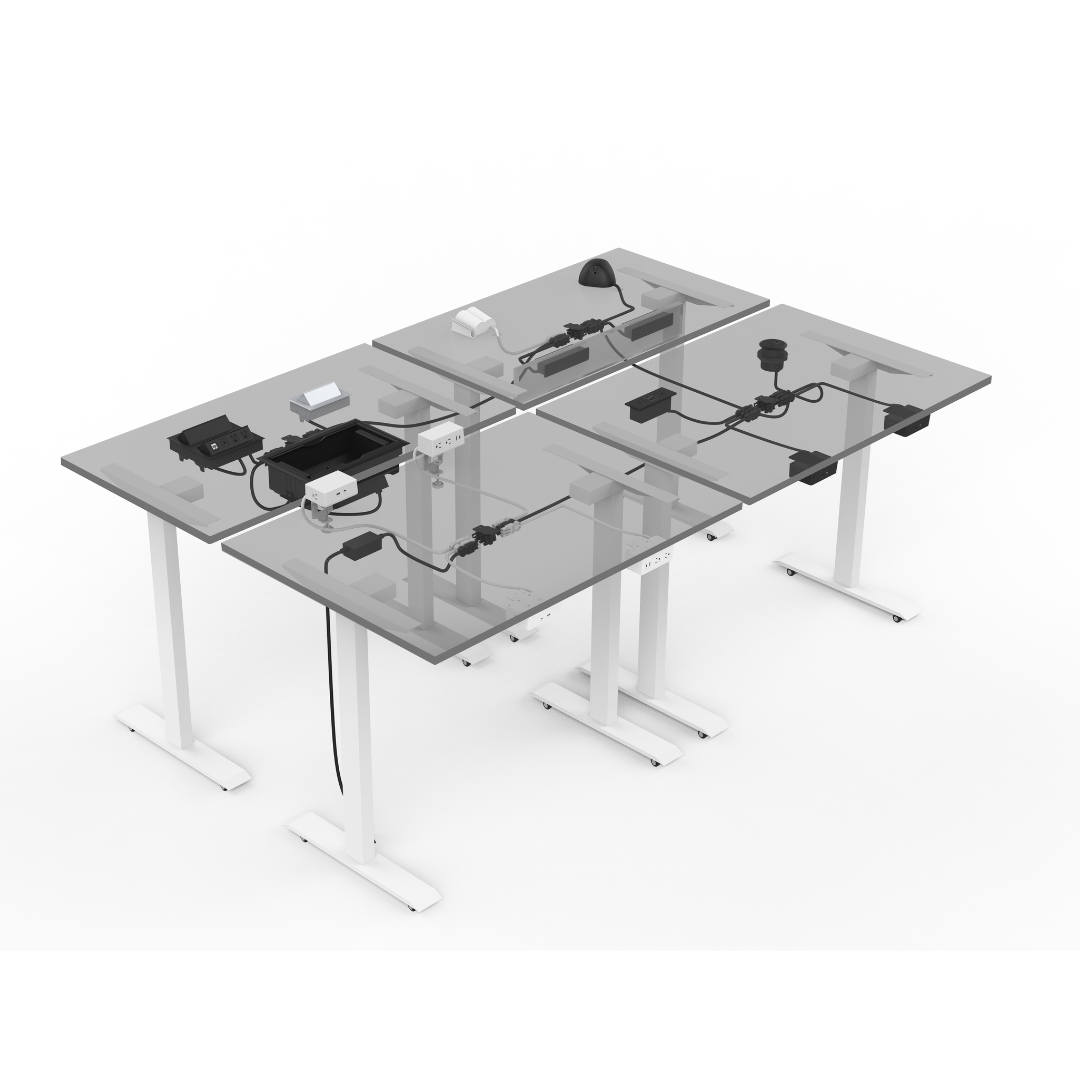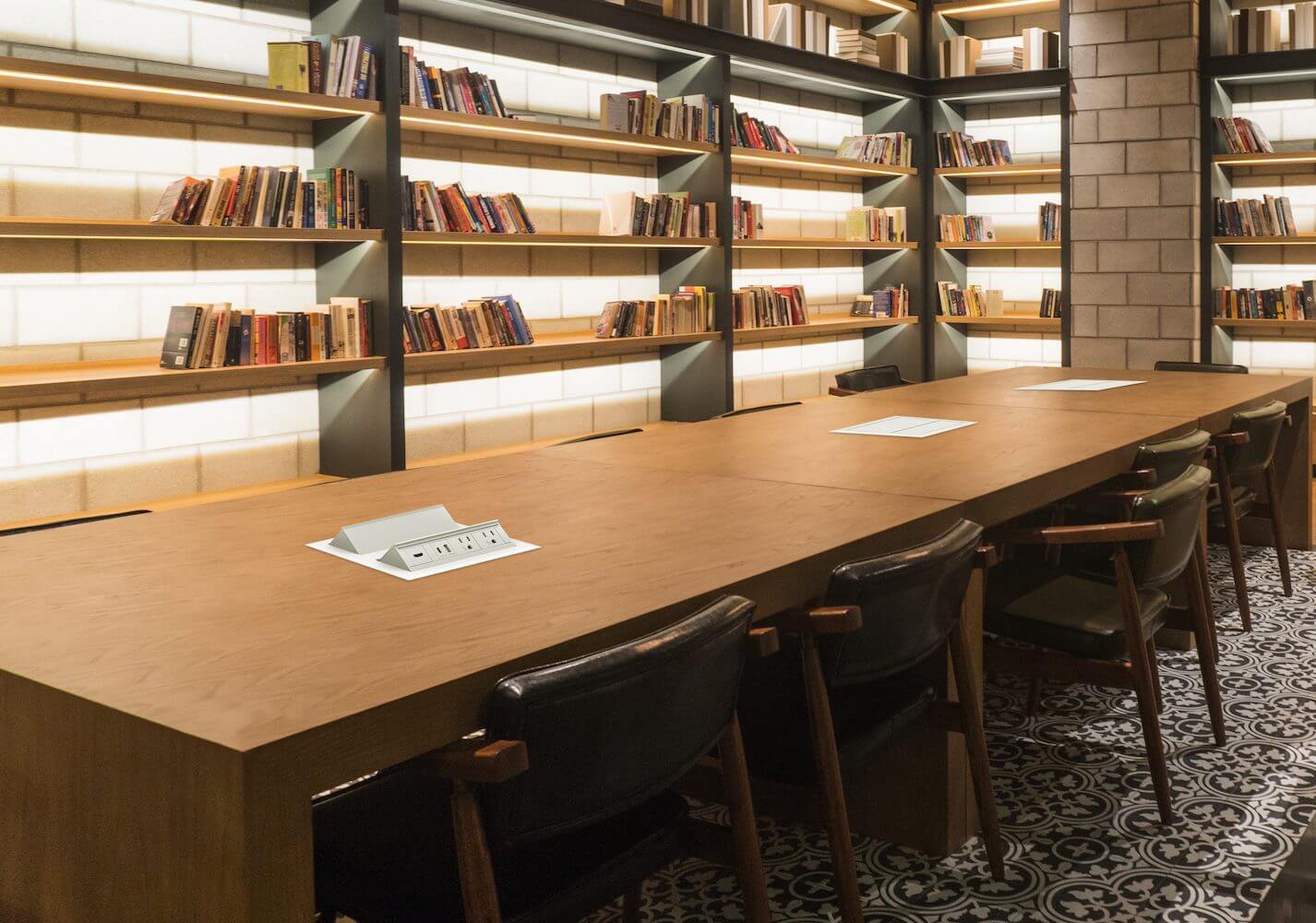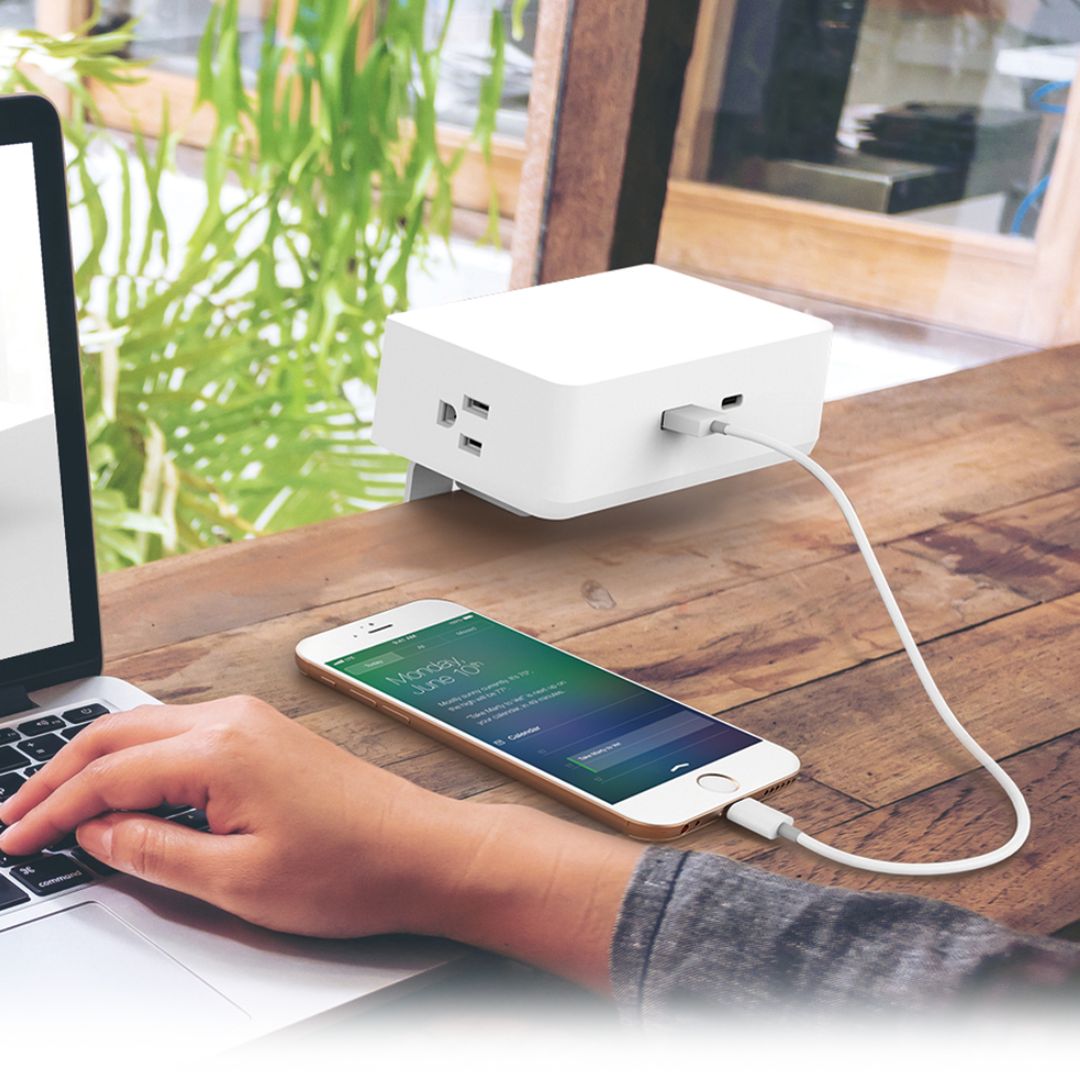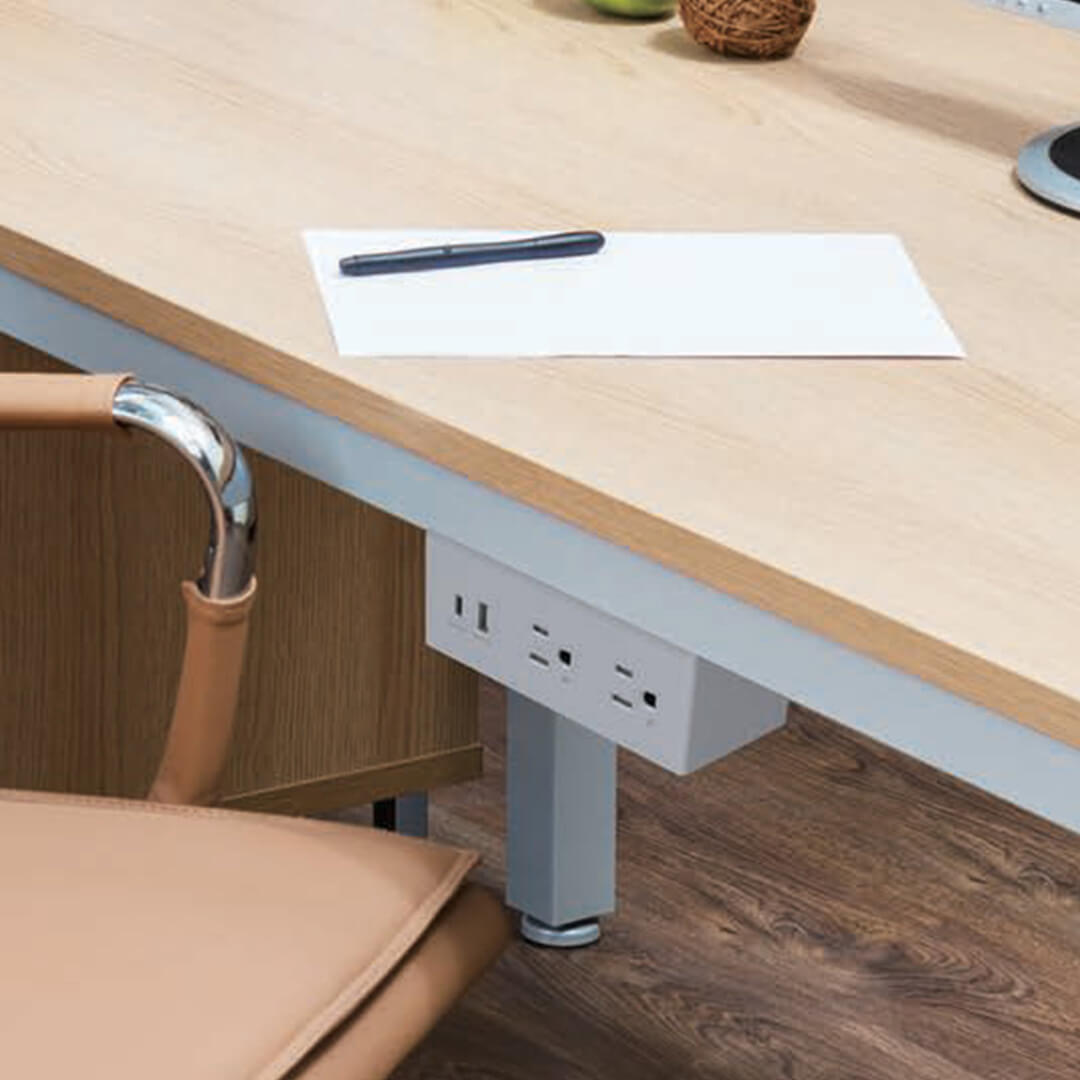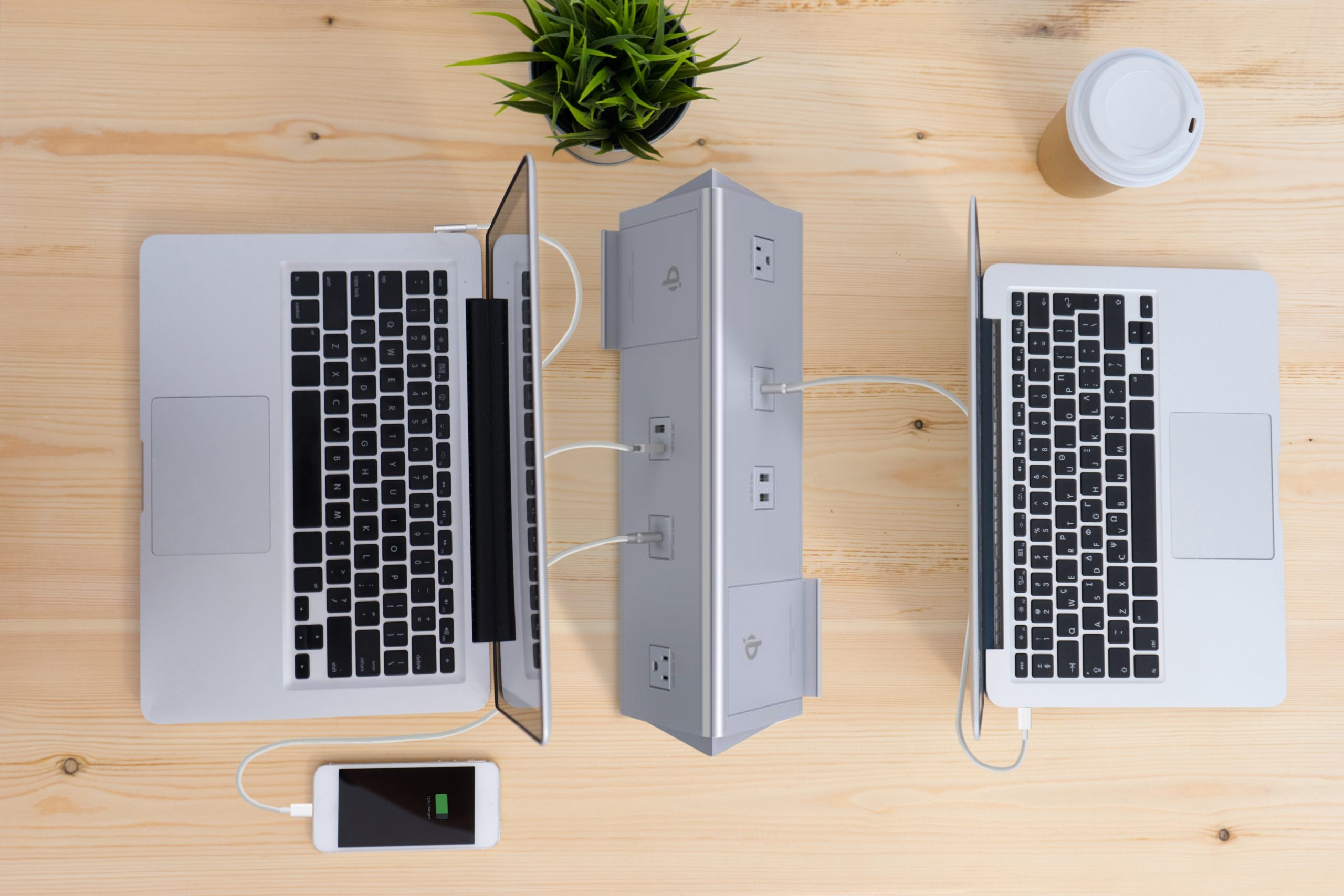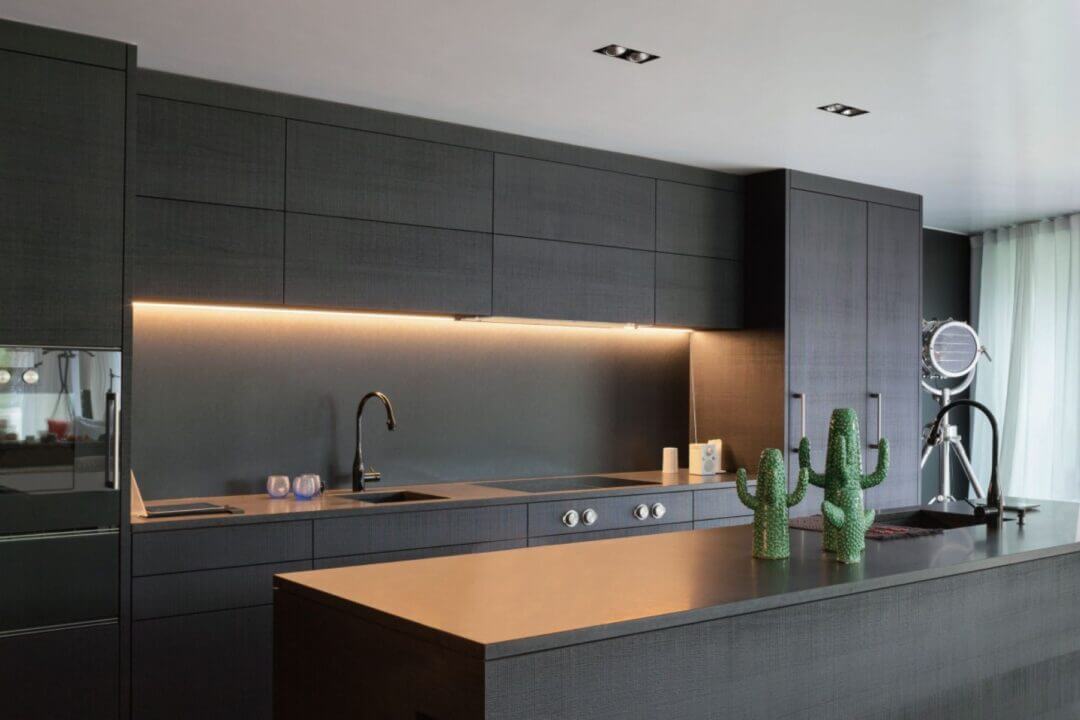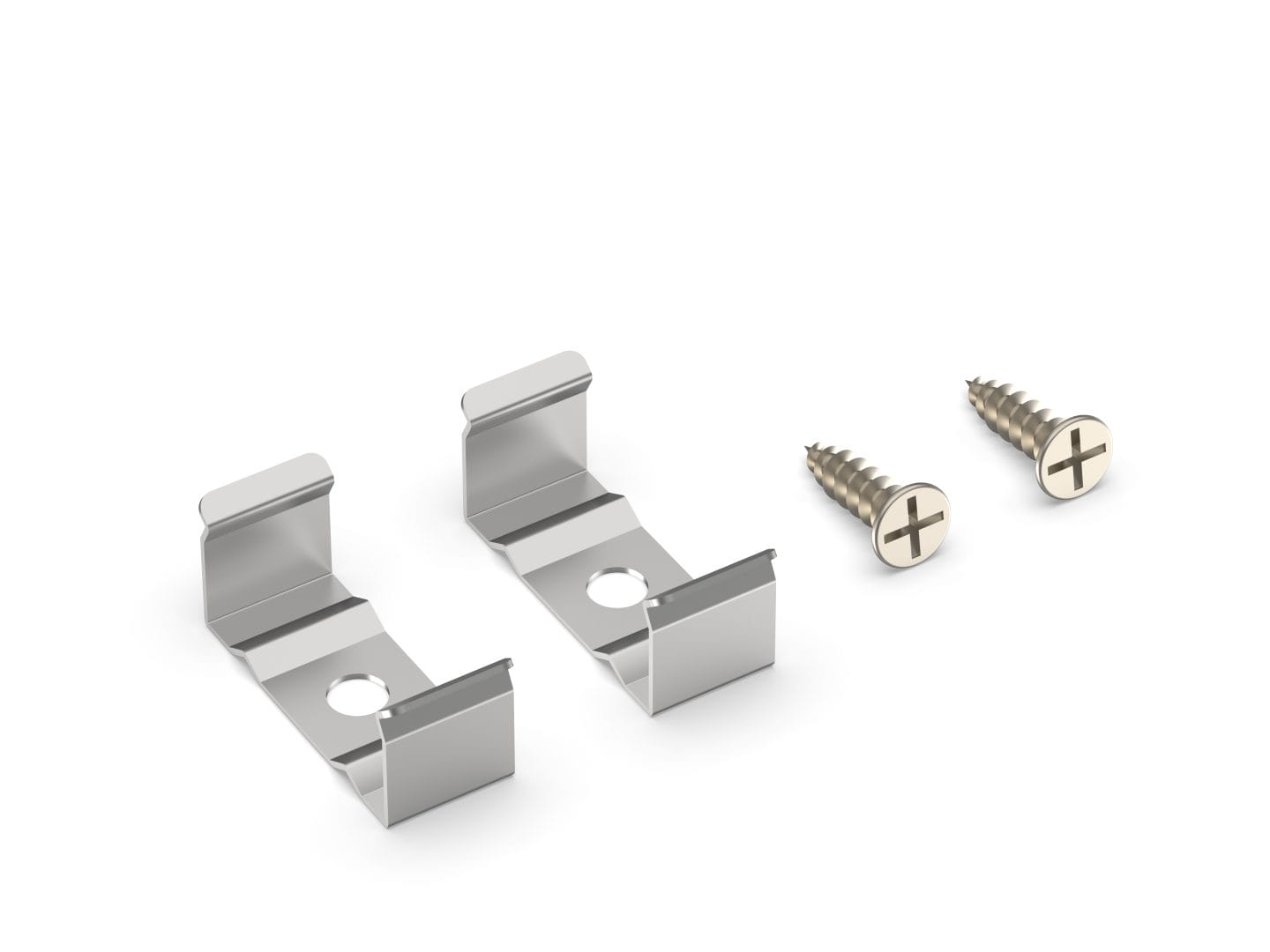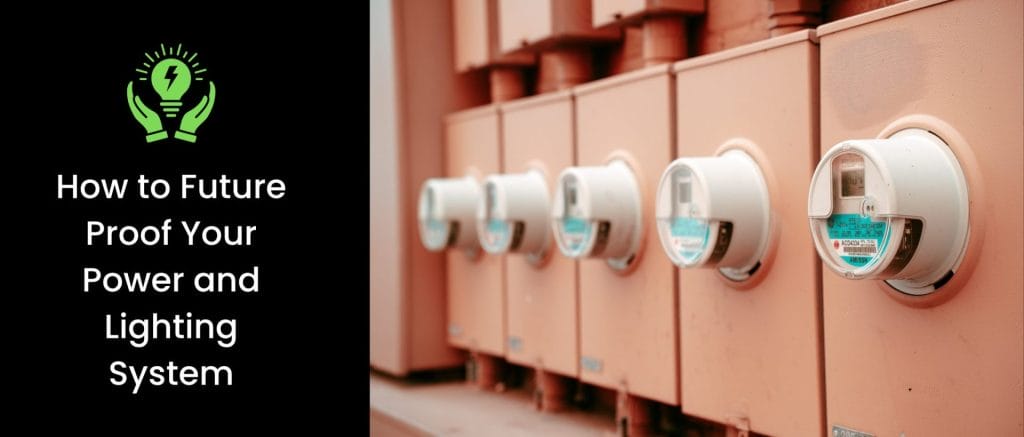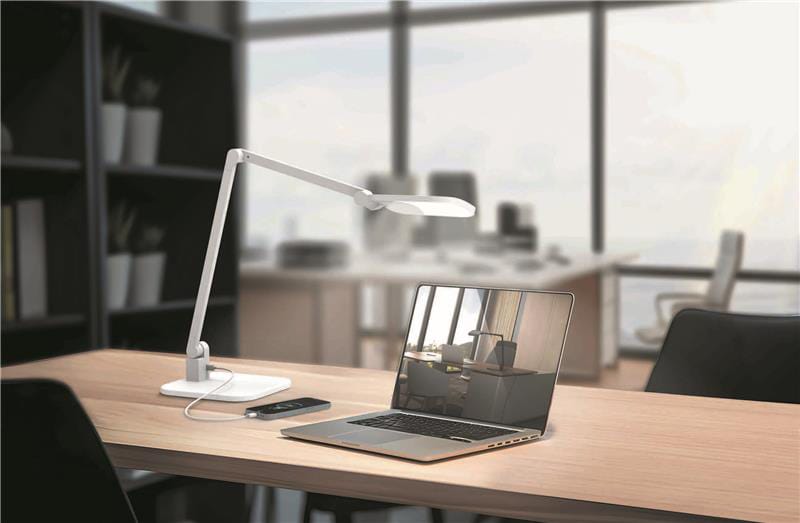In many commercial buildings, lighting accounts for a surprisingly large portion of total electrical consumption, often 20% or more. For companies looking to reduce operating costs, improve sustainability credentials, and enhance occupant comfort, upgrading lighting is a smart move. It isn’t just about swapping out bulbs: it’s about power-optimized lighting systems that integrate efficient fixtures (like LEDs), smart controls, and thoughtful design. At MOD, we specialize in lighting solutions that reduce wattage, lower lifecycle cost, and increase performance, helping you future-proof your facility and save money in a time when energy costs are rising.
Why Lighting Power Matters More Than You Think
When you think about lighting, the first thought is often: “Does it look good?” But there’s another standard that’s just as critical and often over-looked: how much power it consumes, how efficiently it uses that power, and what the long-term costs and environmental impacts are.
The power savings story
Here’s a striking stat: modern LED lighting (Light-Emitting Diodes) uses at least 75% less energy than incandescent lighting and often lasts up to 25 times longer. (The Department of Energy.gov) For example, a typical LED light replacing a 60W incandescent might use about 10W instead, and that difference adds up fast. (EnergySage) In practical terms, if your business runs many fixtures such as an educational facility, retail space, or warehouse, the power savings translates directly to lower electric bills, less maintenance costs, and a smaller environmental footprint.
Why “power” is more than just wattage
Beyond just the raw wattage, lighting power matters because of:
- Operational cost: lower kilowatt-hours used = lower bills. For a large facility that can mean thousands of dollars saved each year. (Perch Energy)
- Maintenance cost: if lights last longer, you change fewer bulbs, ladders go up less often, less downtime.
- Heat and HVAC impact: inefficient lighting wastes energy as it produces more heat, which forces air-conditioning systems to work harder.
- Carbon footprint / sustainability: as more companies and governments emphasize ESG (environmental, social, governance) goals, lighting power efficiency helps improve a company’s overall carbon footprint.
For MOD, making sure customers understand the “power” aspect of lighting is key, this means not just “nice fixtures” but power-smart, cost-effective lighting infrastructure.
Lighting Trends Powering 2026: What to Watch For
If you’re upgrading or specifying lighting now, you’ll want to be aware of what’s trending in terms of design, power usage, and smart features. Below are several major themes.
1. Smart lighting + IoT integration
Smart lighting systems aren’t just gimmicks, they’re becoming a major driver of energy and power savings. For example:
- The global LED lighting market size was estimated at $88.2 billion in 2024 and is projected to reach $134.7 billion by 2030. This market growth is primarily due to the surge in construction projects across both developed and developing countries, and new government regulations aimed at phasing out old and inefficient lighting. (Grand View Research)
- This trend includes connected sensors, daylight-harvesting systems, occupancy sensing, and remote management.
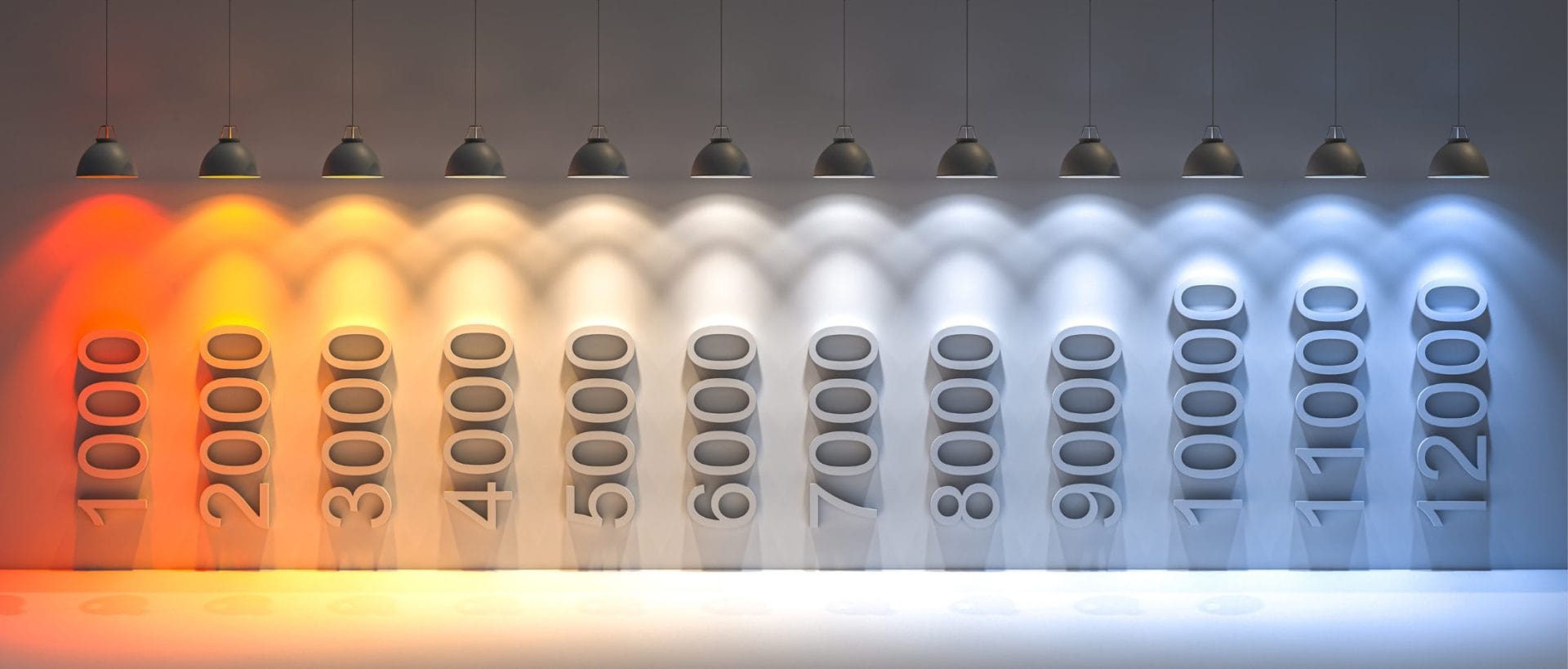
2. Human-centric lighting and well-being
It’s no longer just “turn on the lights,” lighting now plays a role in health, mood, productivity, and wellbeing. Some of the trends include:
- “Human-centric lighting” that adjusts color temperature and intensity based on the time of day to support cognitive function, mood, and sleep patterns. (Decorilla)
- Offices and commercial spaces are ditching harsh fluorescent lighting in favor of softer, more natural light that supports workers. (Wall Street Journal) This means that power and lighting choices now factor in not just energy savings but the quality of lighting.
3. LED dominance & efficiency
LED technology has become the de facto standard for energy-efficient lighting, and for good reason too.
- LED sales are growing exponentially: globally, residential LED sales increased from around 5% of the market in 2013 to around 50% in 2022. (IEA)
- Some estimates suggest LED systems use up to 90% less energy than traditional incandescent bulbs. (The Department of Energy.gov) Switching to LED and smart controls seems to be a no-brainer when it comes to reducing power consumption and cost.
4. Sustainability, materials & design
The “power and lighting” narrative also extends to materials, fixtures, and the lifecycle of lighting systems:
- Trends for 2025 include organic materials, minimalist fixtures, smart color/temperature switching, and integrated fixture designs. (Homes and Gardens)
- On the power side, lighting manufacturers and specifiers are focused on reducing waste, using recyclable materials, and creating fixtures with longer lifespans.
Final Thoughts
Lighting is more than just illumination, it’s a power system and one of the largest expenses in commercial and residential applications, a design element, and a workplace / facility performance component. For businesses large and small, recognizing the interplay between lighting and power is the key to unlocking savings, productivity gains, and sustainability wins.
At MOD, we’re committed to helping you see lighting through that broader lens: efficient fixtures, smart controls, minimal power consumption, and maximum ROI. Whether you’re planning a retrofit for your office, or a new build with custom lighting, the time to act is now.
If you’re ready to explore how lighting and power upgrades can drive real results for your facility, check out some of our products to help save electricity and most importantly, money!

